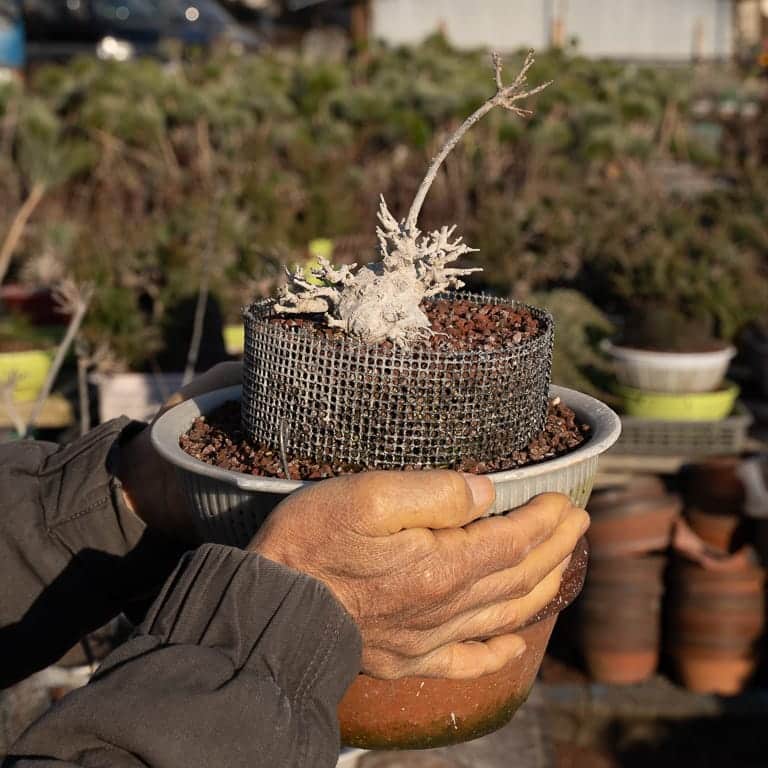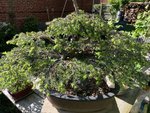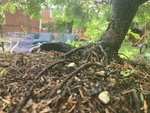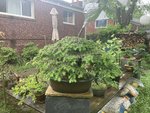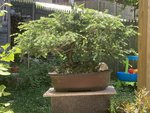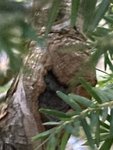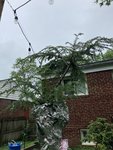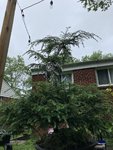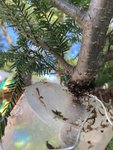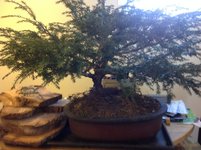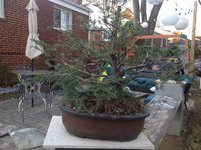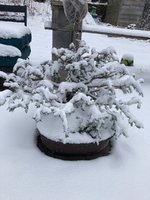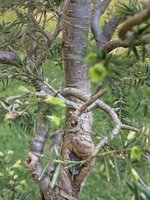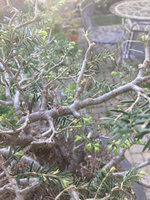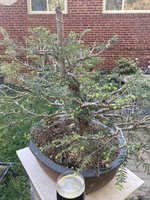Japonicus
Masterpiece
Hello @MrFancyPlants , I don't recall your mention of how you worked the roots Spring 2015 when you put itI picked this pot mainly because it was the right size before transitioning to a final pot. A lot of cleaning up and wiring (maybe fishing weights or guides) to do, but there is no rush on that.
in this pot. I think this was your 1st potting up after the initial terra cotta pot you used.
We're close to the same weather oftentimes, so curious if you have any pointers on how you
went about this one in particular, or anything about potting it up that you've learned over the years.
Frank may be working Western (heterophylla), ABCarve bare roots canadensis early, so I'm trying to gain as much info I can in this respect.
Thank you. Envious of your hemlock...

